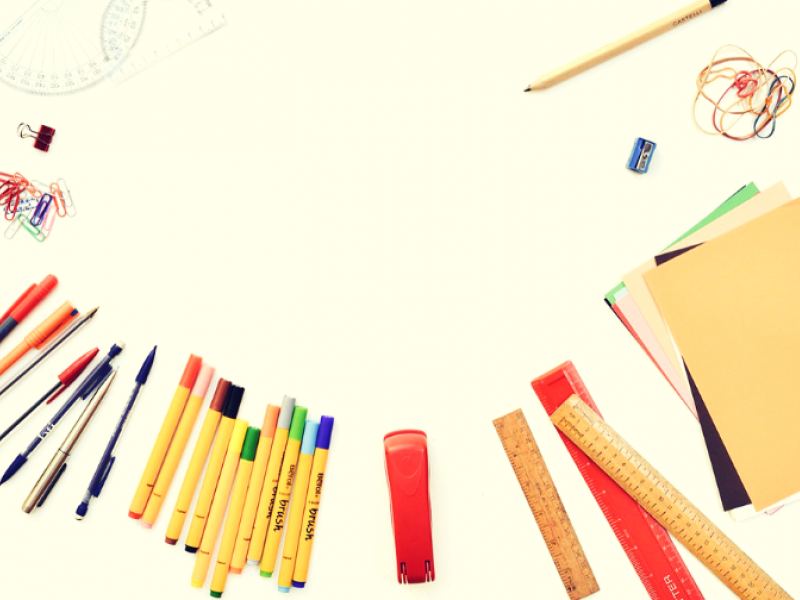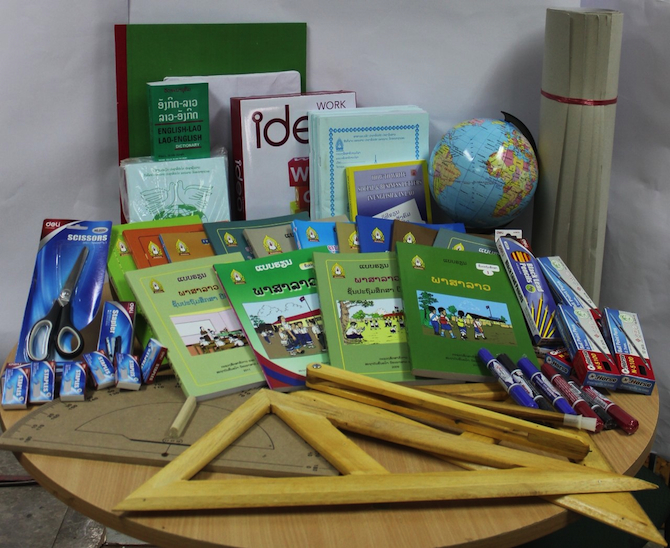Free Advice On Deciding On Italian Kindergarten Teaching Support
Wiki Article
What Is The Informational And Educational Content That Secondary And Primary Schools Need?
To support the students' development and learning elementary schools and kindergartens should provide a wide range of educational and informational resources. Materials that are needed include curriculum materials. These materials support the school's goals for learning. These materials may include textbooks, workbooks, lesson plans and other resources.
Classroom equipment. Supplies such as glue, paper pencils, scissors, as well as other art tools will aid young children in finishing their projects.
Educational technology - In the digital day, education technology like computers, tablets and interactive boards can be used to enhance learning and provide extra sources for students.
Books- The primary as well as kindergarten schools require a wide selection of age-appropriate literature to promote reading and language development.
Children can develop the ability to think spatially and solve problems by using manipulatives like blocks as well as games and puzzles.
Visual aids. Maps, posters charts, and other visual aids can be used to help kids remember important concepts.
Music and Art Materials- Instruments, paints and clay are all excellent musical and art materials for children. They stimulate creativity and self-expression.
Safety Equipment- To ensure the safety of your students and employees, it is essential to carry safety equipment such as emergency procedures posters and first aid kits and fire extinguishers.
To provide a secure, engaging learning environment in the kindergartens and elementary school children They must have an array of educational and informational materials. Have a look at the recommended scuola primaria for site info.
What Maths Teaching Aids And Educational Materials Are Best In Italian Nurseries?
Maths teaching materials and educational aids can help children in Italian nurseries to develop their numerical, spatial, and problem-solving skills. Examples of materials that are recommended include: Counting manipulations: Counting manipulates like counting bears and blocks could help children develop their ability to count along with fine motor abilities and hand-eye coordination.
Charts and number cards Charts and numbers are a great way to introduce children to counting and numbers. It is possible to use large, vibrant numbers that are displayed on the walls or smaller ones that children can play with and manipulate.
Shape manipulatives. Children can learn about various shapes using manipulatives for shapes. These include wooden puzzles, pattern blocks, as well as magnetic tiles.
Measuring tools: Tools such as rulers, measuring tapes, and scales can help children understand measurement and compares and help improve their mathematical vocabulary.
Simple puzzles and games Simple games and puzzles like jigsaws, dominoes or games that match can help develop children's problem-solving abilities, attention to detail and focus.
Technology-based Aids: Technology tools, such as tablets loaded with math games and apps that are educational can inspire and engage youngsters. They also provide extra aids to help them develop.
Make use of these resources in a manner that is age-appropriate, and make sure they're appropriate and safe for children. These tools are ideal for parents and teachers who are looking to develop fun and interactive math games that encourage children's curiosity. View the top rated sostegno matematica for blog info.

What Kinds Of Science-Related Materials Will Italian Schools Require To Enhance Their Instruction?
The support for teaching science materials could be beneficial in Italian nurseries, helping young children explore and discover the world that surrounds them. Here are some examples of the teaching of science materials that might be required: Curriculum and Lesson Plans: A well developed program and lesson plan that integrates ideas from science can students learn about a broad spectrum of scientific concepts and abilities.
Manipulatives and visual aids Handicaps like magnifying glasses, nature specimens and simple science experiment kits, and visual aids such as posters and charts can help children learn scientific concepts in a hands-on and visual way.
Books and videos. Videos or books that cover topics like weather, space, animals and plants can be a way for children to get involved as well as provide additional sources.
Outdoor learning space Playgrounds and gardens provide youngsters with the chance to discover and understand nature.
Participation of parents in learning about science can help reinforce the concepts learned in nursery and promote participation of the family in learning.
Assessment Tools: Assessment tools are helpful for caregivers and teachers to monitor children's growth and determine areas in which more support is required.
It is vital that teaching materials can be used by youngsters of all ages. These materials can be used by teachers and caregivers to design engaging and interactive science lessons that stimulate children's curiosity. Follow the most popular materiale didattico scienze for blog examples.

What Geography Didactic Cards Do Italian Schools Recommend?
The possibility exists to introduce concepts of geography in Italian nurseries with Geography educational cards. There are several kinds of educational geography cards to take into consideration including The continents. These cards can assist children in learning about the different continents in the world. They also teach them their geographical location, size and other natural features.
Country Cards: These cards aid children learn about different countries they live in, their flags, culture and language.
The Landmark cards are an excellent option to allow your child to understand the significance of natural landmarks and natural features all over the globe.
Animal-themed cards. These cards will aid your child in learning about the different species of animals that inhabit the globe. They will also be able to teach them their habits as well as their diets and adaptations.
Weather cards. These cards can help children learn about the weather patterns and how they affect the environment. They can also educate children about natural disasters.
Decks with natural resources: Natural resource decks can help teach children the various types of resources accessible to them and their applications. These include water, forest and minerals.
Choose geography cards that are suitable for children of all ages fun, interactive, and appropriate for toddlers. Teachers and caregivers can use these cards to create engaging and interactive geography games that stimulate curiosity in children. Read the most popular materiale didattico geografia sostegno for blog info.

